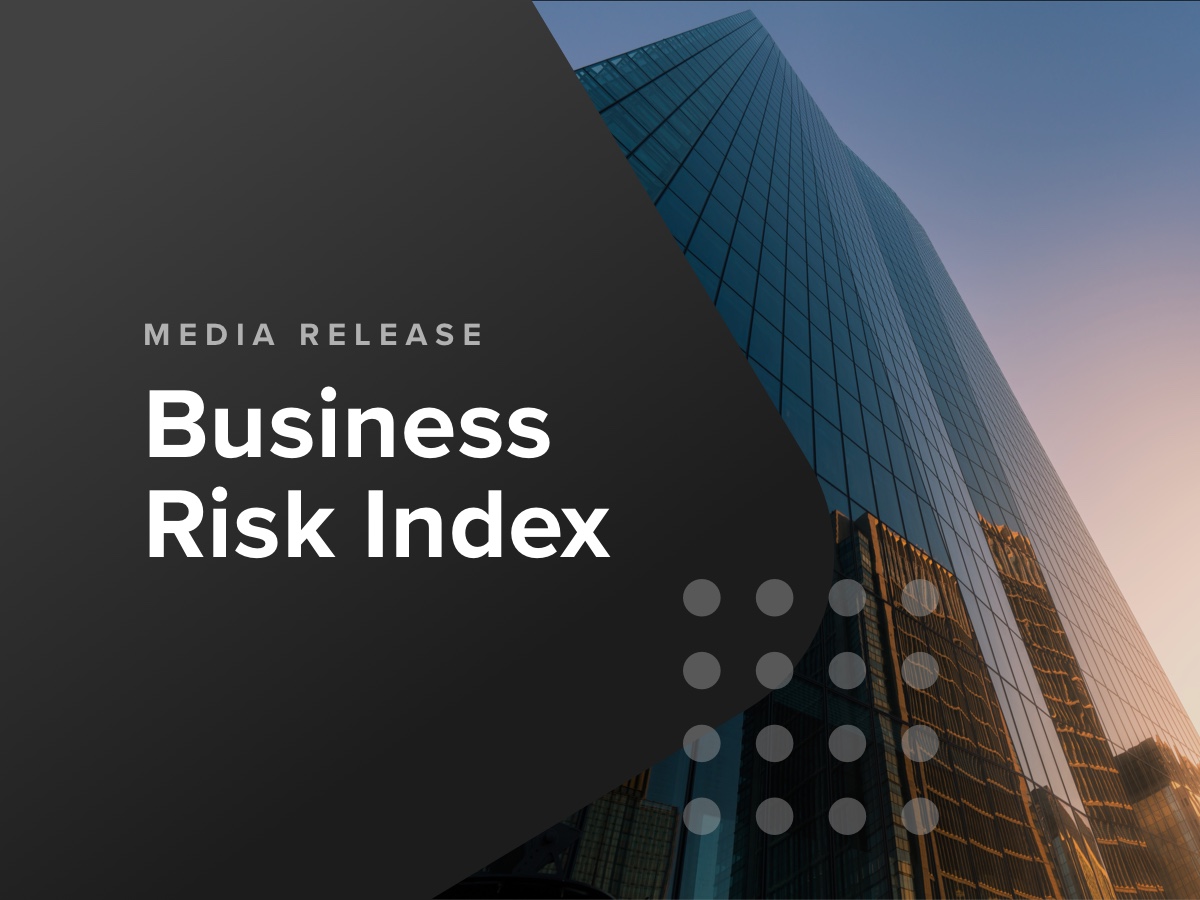The March 2024 CreditorWatch Business Risk Index (BRI) has revealed that external administrations are now at a record high as Australian businesses continue to battle cost pressures, skilled labour shortages and declining consumer demand.
B2B payment defaults are also surging – down slightly from the record high in February but still up 22.6% year-on-year – indicating that businesses are finding it increasingly difficult to pay outstanding invoices. Court actions continue to trend upward and are gradually returning to pre-COVID levels.

Of the more than 15,000 tax debt default records CreditorWatch currently holds from the ATO (outstanding debts of more than $100,000), 23.8 per cent of businesses are in the construction industry, followed by 12.5 per cent in professional, scientific and technical services and 10.7 per cent in food and beverage services.
Of these construction records, the bulk are from the construction services sector (70.4 per cent) – which are mainly smaller sub-contractor businesses – with the remainder in building construction (26.2 per cent), and heavy and civil engineering construction (3.4 per cent). It is also interesting to note that within building construction, residential builders are around 1.5 times more likely to default on a tax debt than non-residential construction companies.
CreditorWatch Chief Economist Anneke Thompson, says large tax debts are more difficult to pay off for the smaller businesses in the construction services sector operating as sole traders or partnerships.
“These businesses often have debt secured against personal assets, and debts of $100,000 or more would be a severe imposition on their ability to meet their ongoing financial obligations,” she says.

CreditorWatch CEO, Patrick Coghlan, says the surge in external administrations is reflective of the increased cost pressure on businesses and cost-of-living pressures on consumers.
“Most businesses, particularly those that are consumer facing, and therefore exposed to the vagaries of discretionary spending, are currently being hit by a range of heavy impacts,” he says.
“We don’t expect business conditions to improve markedly until consumer spending increases, and that is dependent on interest rate relief, which is not even on the horizon at this point given the high rates of inflation in the US.”
- External administrations are at a record high and are up 22.1 per cent year-on-year.
- The construction industry is registering the most ATO tax debt defaults greater than $100,000, followed by professional, scientific and technical services and food and beverage services.
- The average value of invoices saw a seasonal uptick in March but is still trending strongly downwards.
- B2B payment defaults decreased slightly from February to March but are up 22.6% YoY.
- Credit enquiries were up 4.3 per cent from February to March but are down 22.8 per cent year-on-year.
- Court actions are up 45.5 per cent year on year and are gradually returning to pre-COVID levels.
- Businesses in the food and beverage services sector remain the most at risk of business failure (7.44 per cent) by a considerable margin. Public Administration and Safety is the next riskiest industry at 5.66 per cent, followed by Arts and Recreation Services (5.42%).
- The mining sector is experiencing increased insolvencies and late payments due to multiple pressures.
- The regions with the lowest risk of business failure remain concentrated around regional Victoria, inner-Adelaide and North Queensland. Unley in South Australia, is the top-ranked region, followed by Norwood-Payneham-St Peters, also in South Australia, and Ballarat in Victoria.
- The regions with the highest risk of business failure are around Western Sydney (five of the top six) and South-East Queensland, with Merrylands-Guildford (NSW) the top-ranked region, followed by Bringelly-Green Valley and Canterbury, all in Western Sydney.
CreditorWatch Chief Economist, Anneke Thompson, despite the large month-on-month increase in the average value of invoices, trading conditions are still getting harder for most small and medium sized businesses, particularly those in the construction, retail trade, food and beverage services and mining industries.
“Of particular concern is the continued high level of trade payment defaults which, coupled with the ATO now lodging defaults for tax debts outstanding of $100,000 or more at increasing rates, means that more and more businesses are unable to meet their supplier payments on time,” she says.
“This has a ripple effect on B2B trade, and we expect these trade payment defaults to continue to increase while interest rates remain elevated.”
At an industry level, food and beverage services remains the sector with the highest risk of business failure, however, the mining sector has seen an increase in business failures in recent months and has experienced the biggest increase in late payments over the past year by a considerable margin. It has experienced a 74 percent increase in the rate of external administrations over the past 12 months.
The mining sector has been struck by labour shortages, an unfavourable exchange rate, heavy rain in WA mining regions and a slump in lithium and nickel prices.
Although the Australian economy benefits greatly from the mining sector – tax and royalty receipts continue to help balance the federal budget and keep the Queensland and WA budgets in surplus – at an individual business level, trading in this sector is subject to a high level of risk. This is because small businesses can be reliant on one or two mines in a particular area, and if that mine is shut or wound down, it has severe ramifications for the businesses in that area supplying that mine.


While March saw a strong month-on-month uptick in the annual value of invoices, this appears to be a seasonal gain, as our invoicing activity usually increases each March. Given the very low average value of invoices we have recorded over the past year, we expect this figure to stabilise for the remainder of 2024, before hopefully improving in 2025 as falls in the cash rate provide some financial relief for businesses and consumers.

The best performing regions continue to be those with a higher proportion of older businesses, and older residents. Businesses in these areas, given their age, are less at risk of having high levels of debt versus their revenue. Older consumers in the area are less likely to be impacted by higher interest rates given many will have paid off their home loans.



The industries with the highest probability of business failure over the next 12 months are:
- Food and Beverage Services: 7.44%
- Public Administration and Safety: 5.66%
- Arts and Recreation Services: 5.42%
The industries with the lowest probability of default over the next 12 months are:
- Agriculture, Forestry and Fishing: 3.29%
- Health Care and Social Assistance: 3.75%
- Financial and Insurance Services: 3.76%
Source: CreditorWatch risk score credit rating average probability of default by industry. Default defined as external administration, strike-off or deregistration in the next 12 months
The food and beverage sector continues to be the riskiest sector in the country, and by some margin. Businesses in this sector are around twice as likely to close as the lowest risk industries, which are agriculture, forestry and fishing, health care and social assistance and financial and insurance services. We will, however, be closely watching arrears rates of industries, as these are a strong leading indicator of business failures. Given the large increase in arrears rates in the mining, accommodation and electricity, gas and water services sector, we expect to see higher business failure rates in these sectors going forward.
The stubbornly high inflation figure in the USA means that the likelihood of cash rate cuts in Australia 2024 is now looking remote. This will have serious implications for the business community, considering that as recently as last month, there was strong expectation of at least one cut to the cash rate in 2024. While this outlook can (and likely will) change with each labour force and CPI release, both here and in the USA, businesses should prepare for weak consumer demand for the remainder of 2024 and continued high debt financing costs.

Get started with CreditorWatch today
Take your credit management to the next level with a 14-day free trial.
